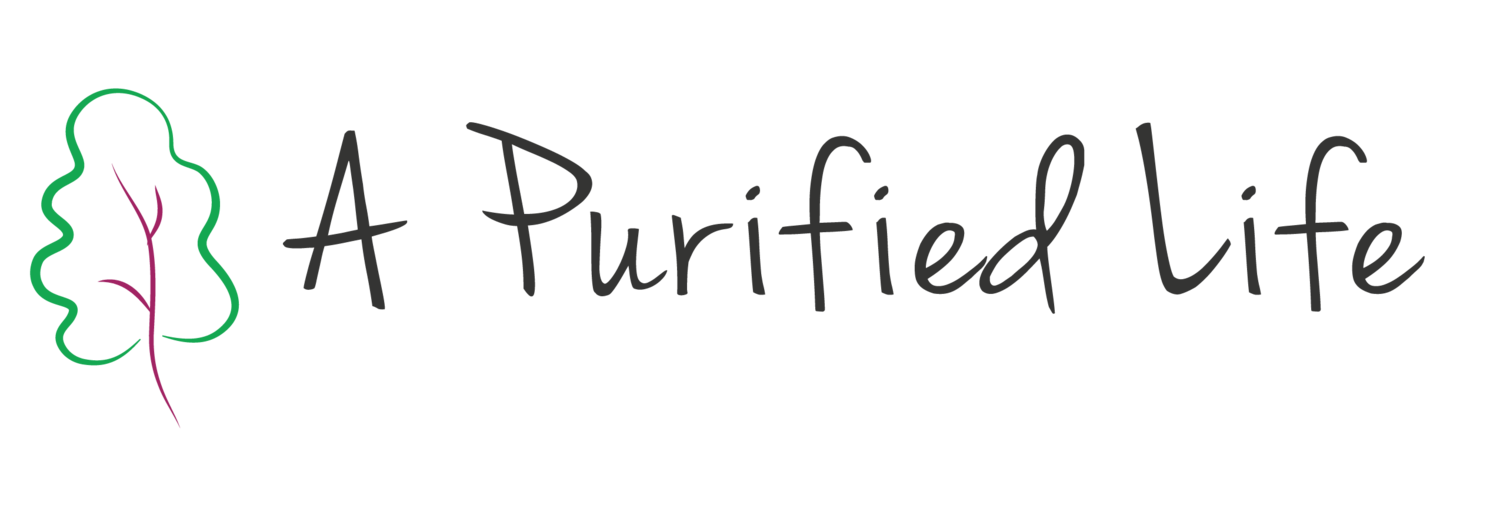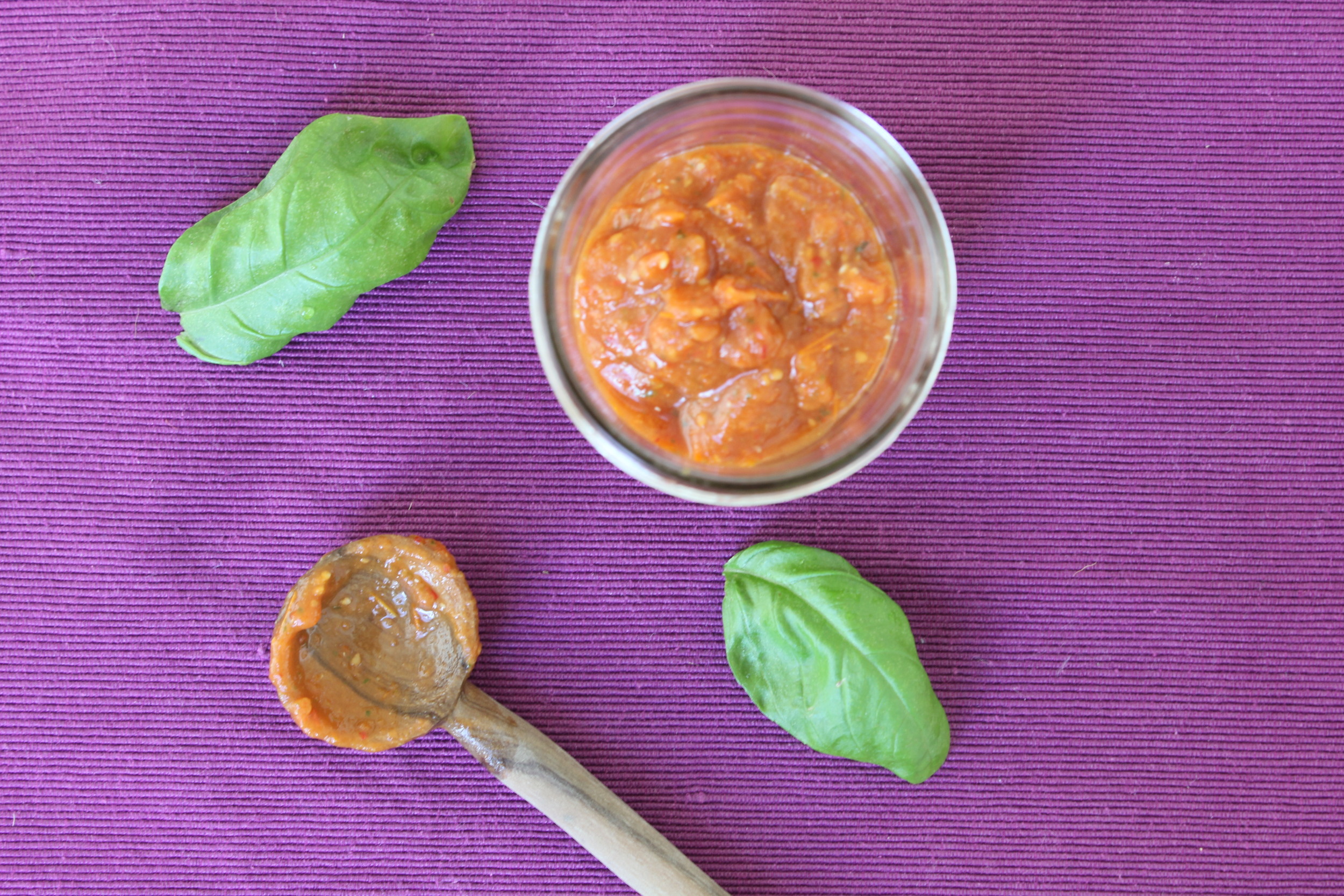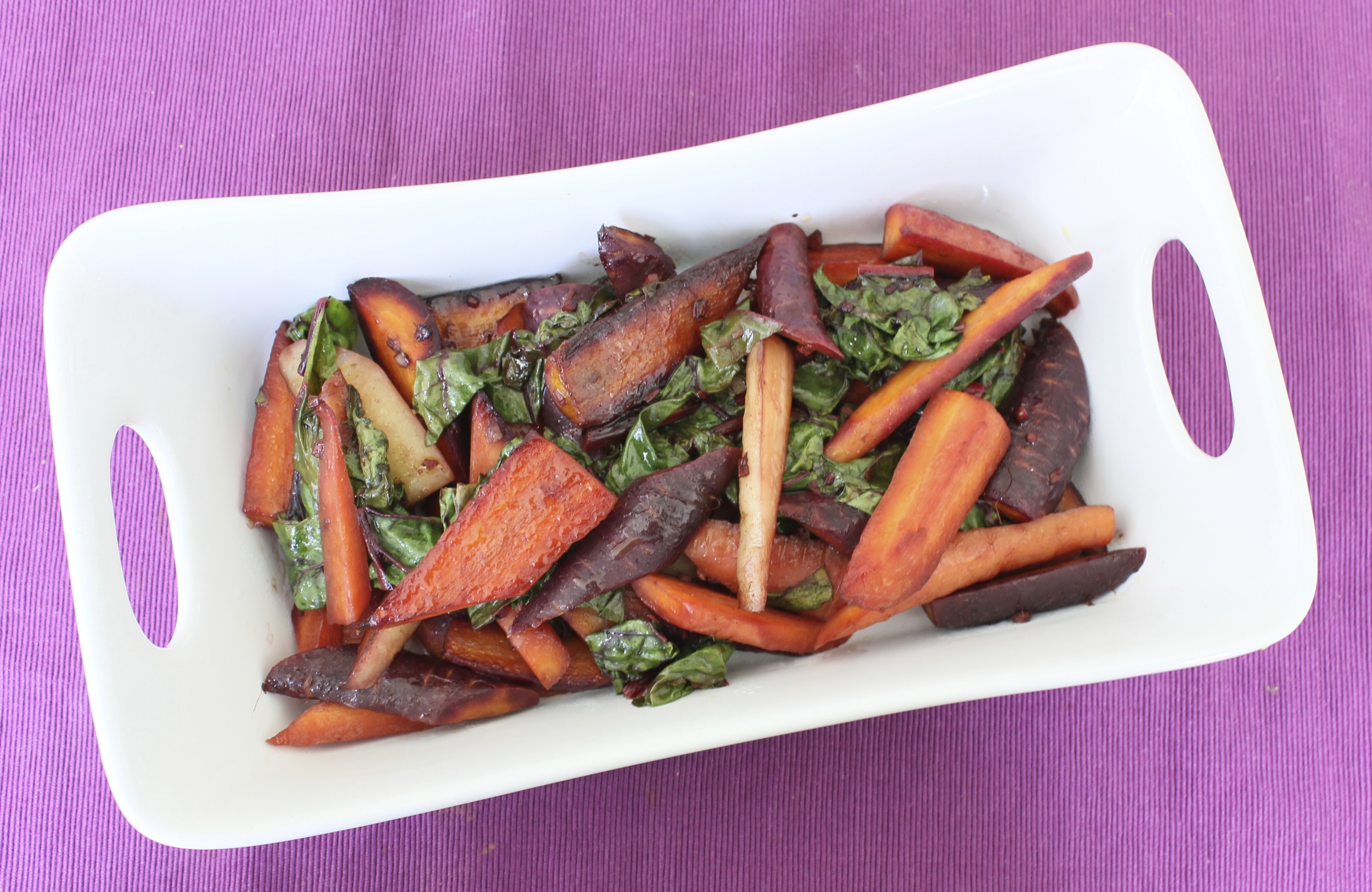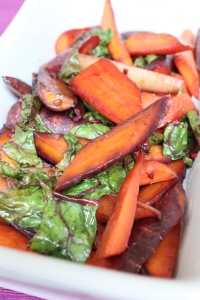You've probably already seen or heard the term 'clean eating' or 'eating clean.' But what does it mean? What is so great about it?
I'd like to clarify what it means for those of you who are wondering and what it's benefits are. Clean eating is not a specific diet, it's a lifestyle choice.
First of all, there are many different definitions of clean eating, depending on what meal regimen one follows and recommends (paleo, raw, vegan, vegetarian, etc). For example, a vegan might say that a clean eating regimen is one that omits all animal products, someone that only eats a raw food diet might say that clean eating is an all raw-food diet, and so forth. I don't believe that one is better than the other, it is just a matter of finding what works for you.
My definition of 'clean eating' is to eliminate all refined and processed foods from your diet. Foods like white sugar, white rice, bleached flour, white flour, and enriched flour all are foods that have been refined in some way. When refined, their nutrients are removed resulting in ingredients that only provide empty calories (calories with no nutritional value) with a blood sugar spike.
A clean eating regimen consists of whole, unrefined foods in their most natural state. These foods are:
- Fruits
- Vegetables
- Whole grains
- Pasture-raised eggs and poultry
- Grass-fed meats
- Full-fat dairy products
Be sure to read labels when buying things in a package. Just because the box says "whole grain" or " natural" doesn't mean they really are. Read ingredients closely and choose grains that don't have additives. You'd be surprised what's in that box of "whole grain" cereal you love so much, not a whole lot of nutrition. Chicken that is labeled "all natural" is interesting to me. Shouldn't chicken be natural? Sadly it's almost always not the case; instead they are fed antibiotics and hormones. Labels are misleading and most of the time not true.
Talk to the butcher at the grocery store, ask questions, and read the ingredient list. Try buying products that have 5 or less ingredients. And make sure they are ingredients that you can pronounce and that are unrefined. Visit my post on reading labels for more information.
Benefits of a clean eating lifestyle:
- Weight loss/fat loss
- Increased energy
- Better skin and hair
- Better health
- Increased mental focus
- Better sleep
- Better mood
- Decreased cravings and sugar addiction
As you can see, eating clean is a great thing. It seems to have become more and more popular these days, when in reality, it has been around for a long time and just now people are starting to realize how important it is to make this lifestyle choice in order to be healthy and happy.
How to transition to a clean eating life:
- Eat whole fruits and vegetables, lean protein, healthy fats, and whole grains (quinoa, brown rice, buckwheat, amaranth)
- Drink at least 8 cups of water each day
- Eat 5-6 times a day to reduce cravings and keep blood sugar regulated - include protein in every meal
- Avoid all processed and unrefined foods (sugar, candy, pastries, white flour, white rice, bread, cereals, packaged goods, etc.)
- Avoid beverages that are packed with sugar (soda, juice, Gatorade, energy drinks, sweetened tea, coffee drinks)
- Avoid trans fats
Clean eating is the lifestyle choice I made and what I preach every single day. I have never been happier and felt more comfortable in my skin. If you are just transitioning to a clean eating lifestyle, take it slow and make small changes every day. It takes time, but don't give up. Know that your body will love you for it and you won't regret the health benefits from it.
Trust the process.






